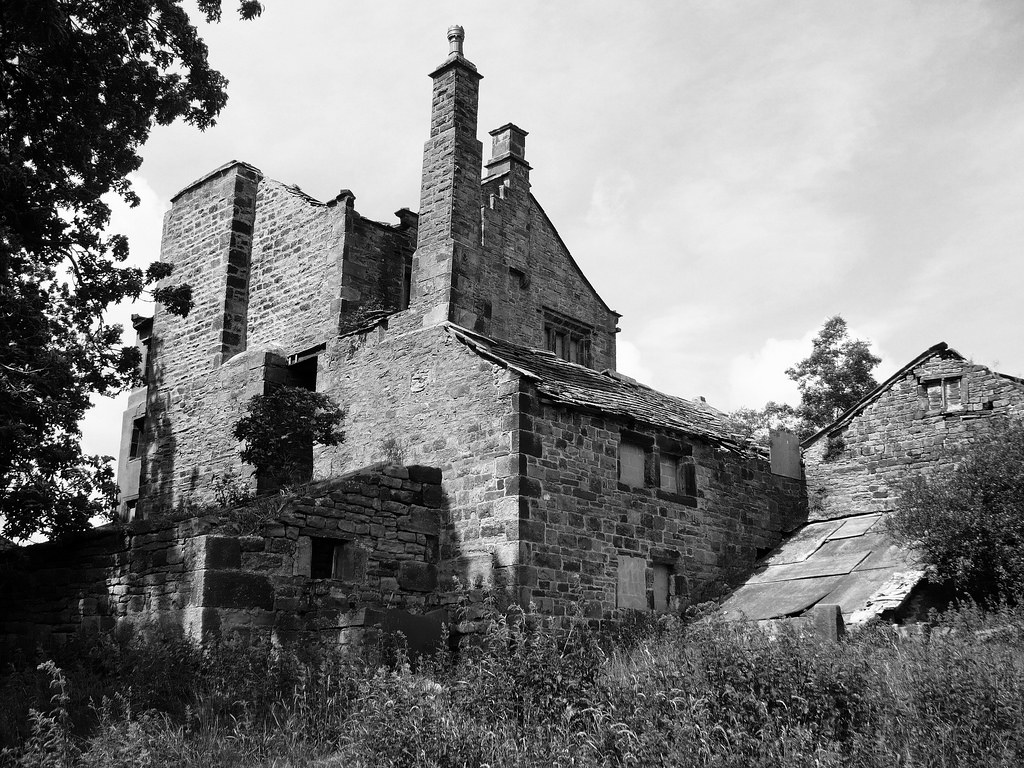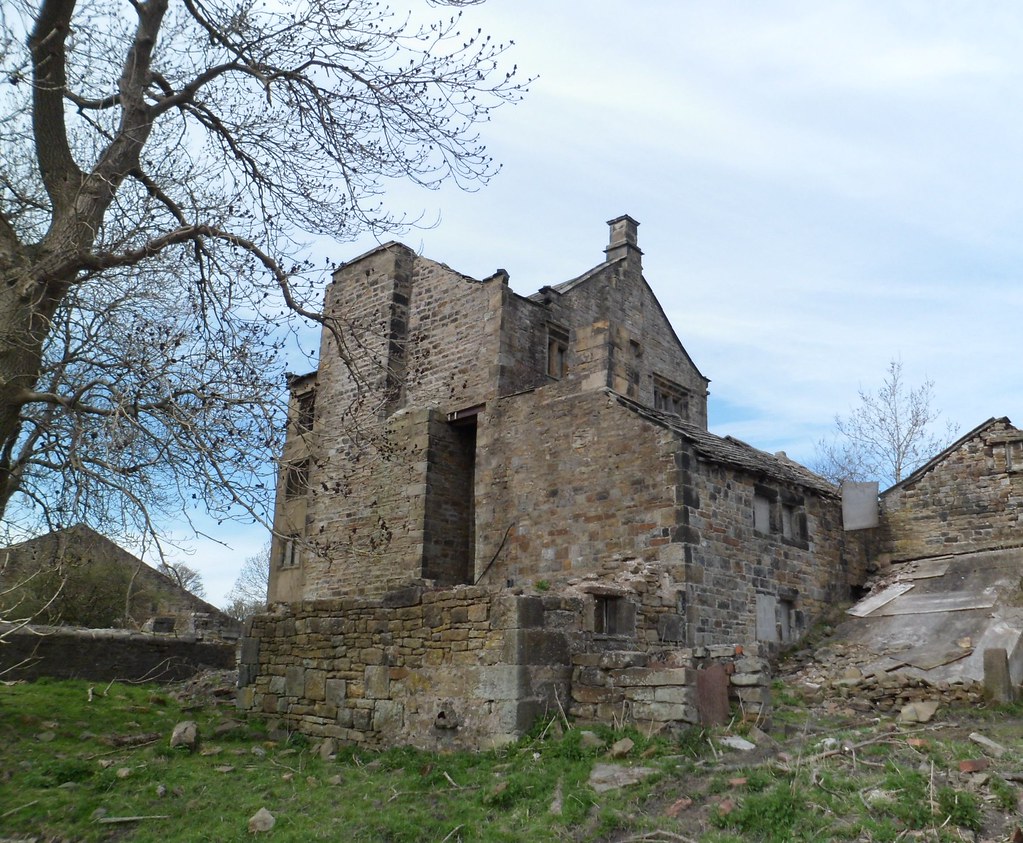I love this old house, i have visited many times over the past 25 years it makes me sad to see it in this state.
The first time i came here the house was already empty but in fair condition i was able to explore the whole place there was a hatch that led onto the roof , the view was fantastic.So many of the original features have been removed or lost as the house has slowly fallen to pieces.
As the history has been posted on here before and is some what odd to say the least here is an edited discription of Extwistle from the British History.
EXTWISTLE HALL , is a lofty three-story building with end gables and mullioned windows, said to have been erected by John Parker in the latter half of the 16th century. The principal front faces north, and the fall of the ground southwards allowing of a basement makes the house one of four stories on that side, where the chief feature is the massive chimney of the hall, which projects 5 ft. and has a width of 15 ft. The house, which is built of local gritstone with stoneslated roofs, consists of a rectangular block 34 ft. by 27 ft. 6 in. externally, and a north-west wing 19 ft. by 14 ft. 6 in., with a lower two-story building with plain gabled roofs on the east end. A former wing on the west side, however, fell down some time during the first half of the 19th century, destroying what is said to have been one of the best apartments and others known as the ladies' rooms. (fn. 66) In front of the house is a small flagged courtyard 43 ft. long by 33 ft. in width, partly inclosed on the west side by the north-west wing, and on the east by the lower buildings. The north side has a high fence wall with moulded coping and balled gate-piers fronting the road. The great hall, which is about 24 ft. by 21 ft., occupies the eastern end of the first floor of the main block and is approached from the forecourt by a wide flight of stone steps forming a very picturesque feature. The entrance in the north-west corner through a four-centred doorway with label and square panel over is now built up, but the north wall still retains unimpaired its lofty ten-light mullioned window with double transoms and hood mould. The floor of the hall is 7 ft. above the general level of the courtyard, to which there is a descent of five steps from the main gateway. The south wall of the hall is occupied almost entirely by the fireplace, the Tudor arched opening of which, however, is now built up, and the room is in a more or less dilapidated state. Portions of an ornamental plaster ceiling and of a carved oak beam are still to be seen, and above the fireplace is a fragment of ornamental plaster work with the words 'nescio cujus' remaining. The staircase, which is of stone, is in the west side of the house, and above the hall is a large room open to the roof and lit by two low mullioned windows of five lights each below the eaves on the north side. The north-west wing, which may be a 17th-century addition, is less severe in appearance than the main block, but is of equal height and of four stories, two of its floors ranging with the height of the great hall. The walls are finished with a plain parapet and balled gables which together with its many mullioned and transomed windows afford some relief to the otherwise rather bare west gable end of the main block. At the back is a small three-light window with round-headed lights under a square head, the only one of this type in the building.
THE PICS
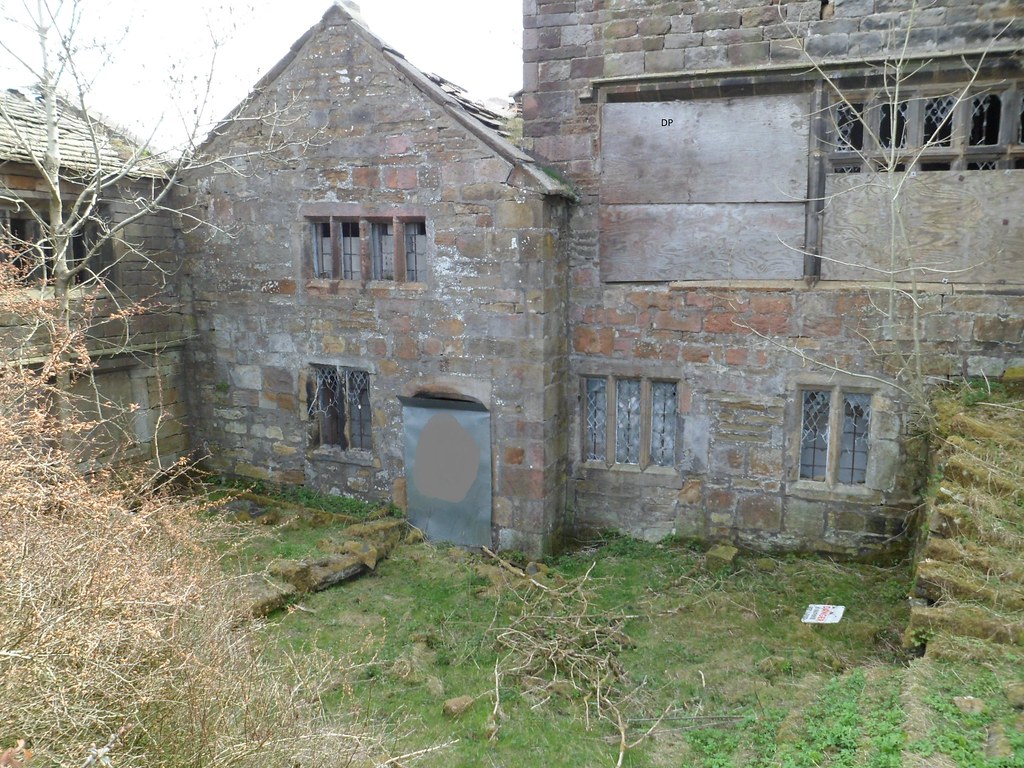
SAM_0559 by Neverwillchange, on Flickr
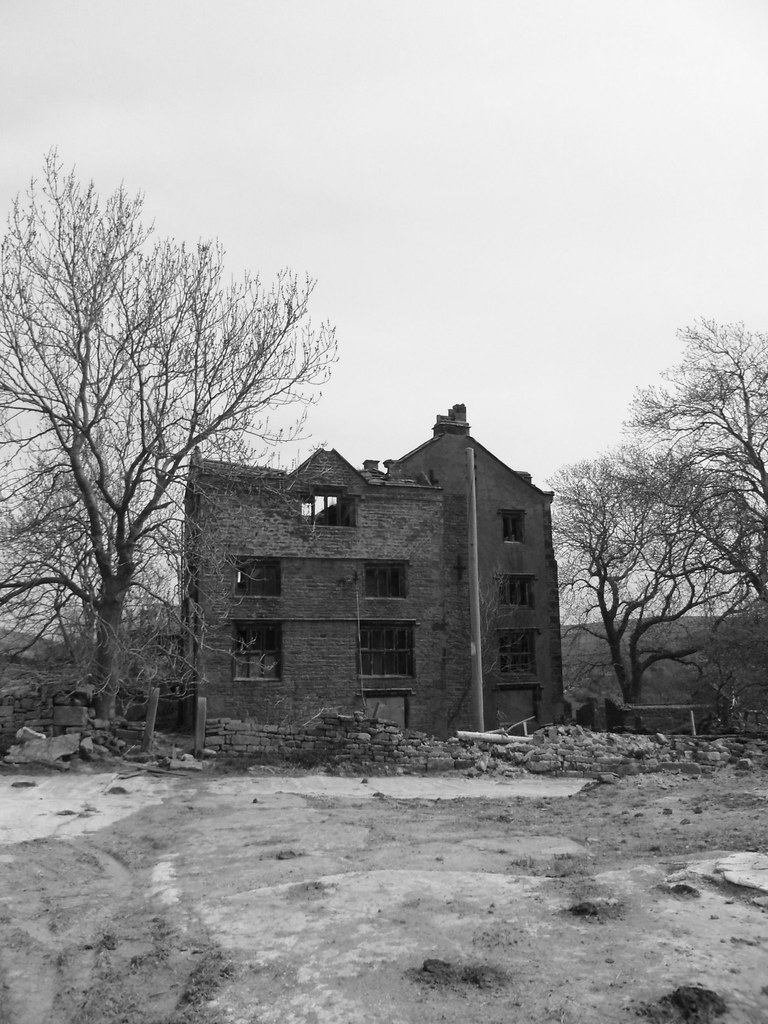
SAM_0537 by Neverwillchange, on Flickr
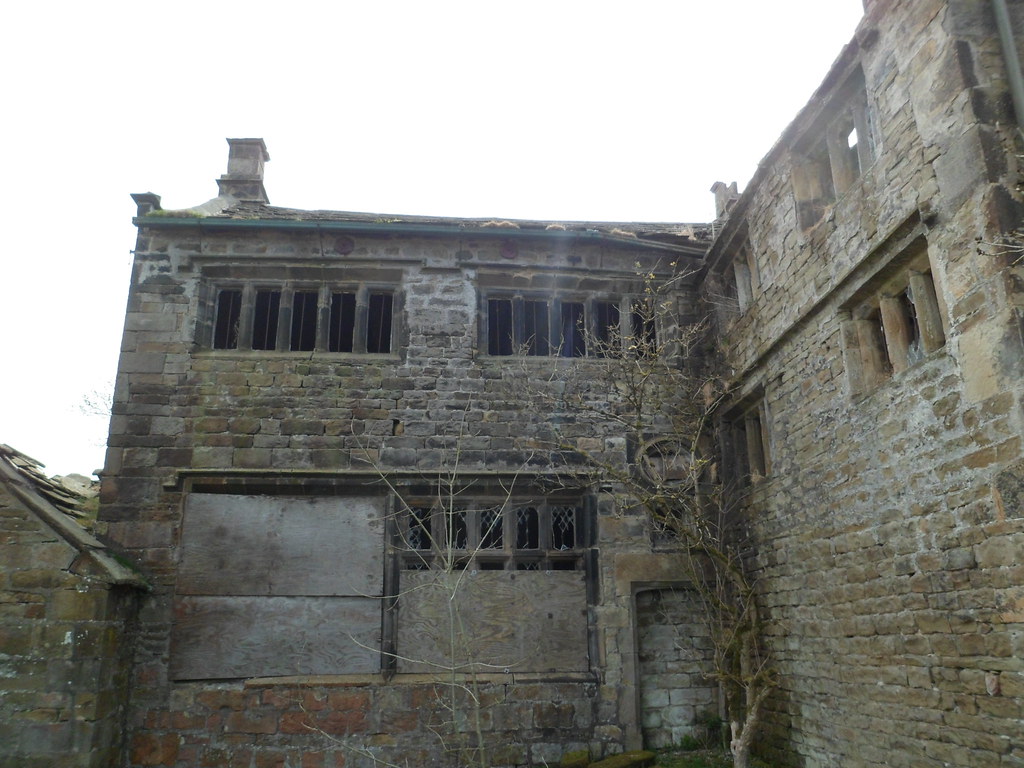
SAM_0560 by Neverwillchange, on Flickr
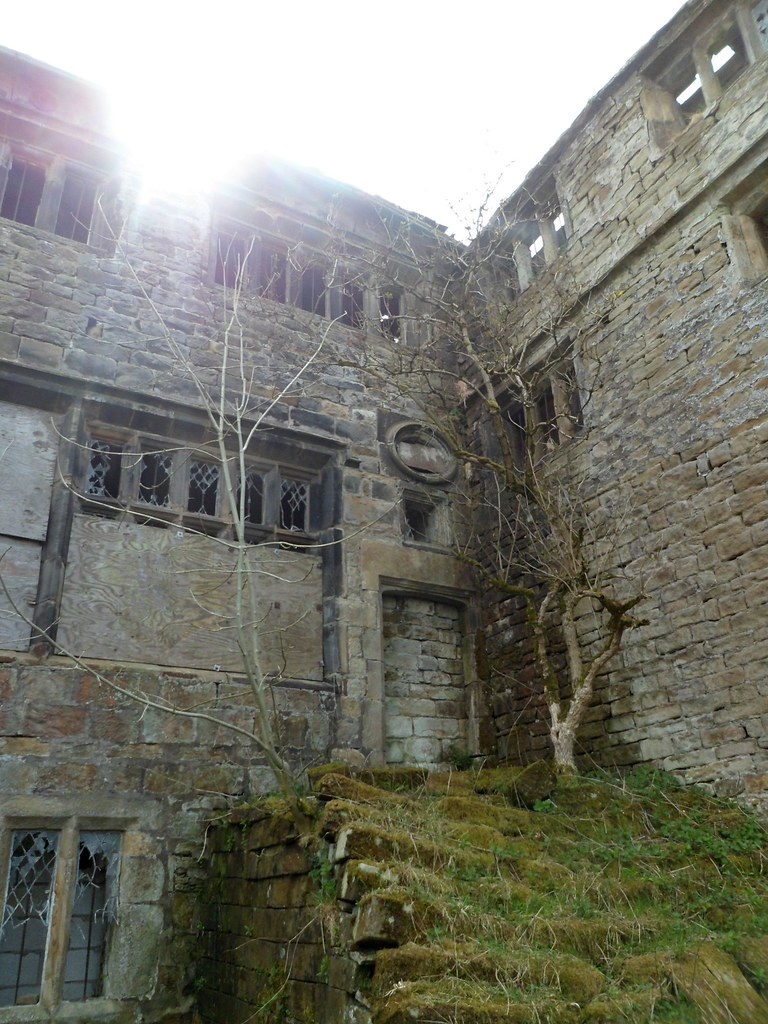
SAM_0515 by Neverwillchange, on Flickr
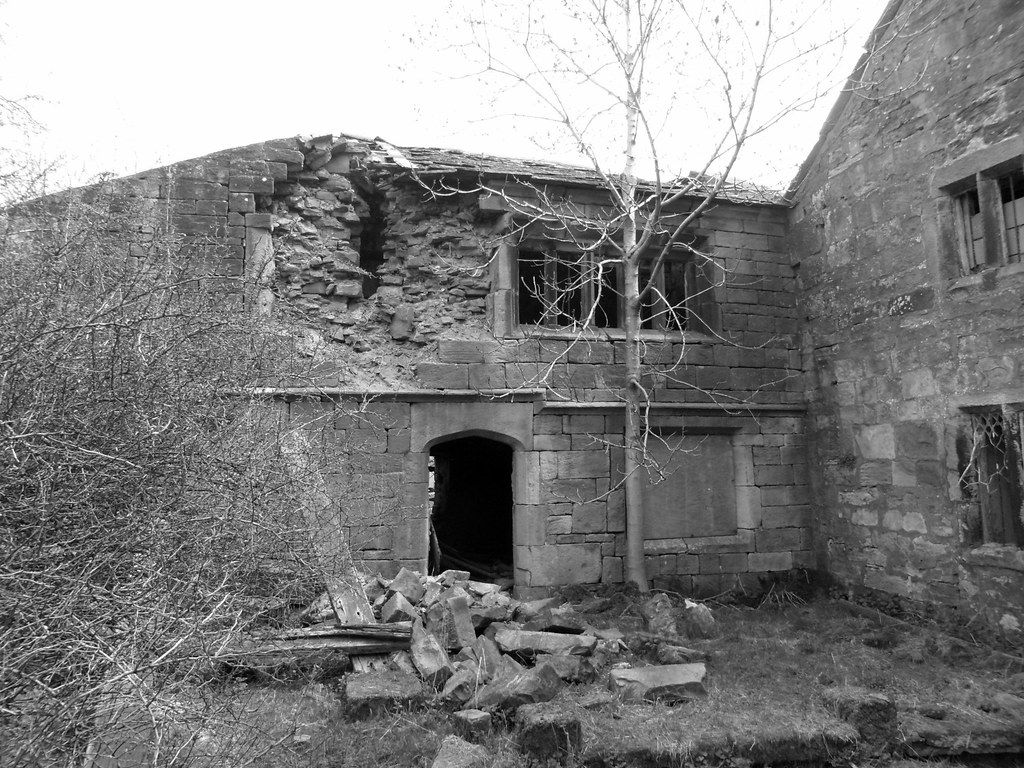
SAM_0514 by Neverwillchange, on Flickr
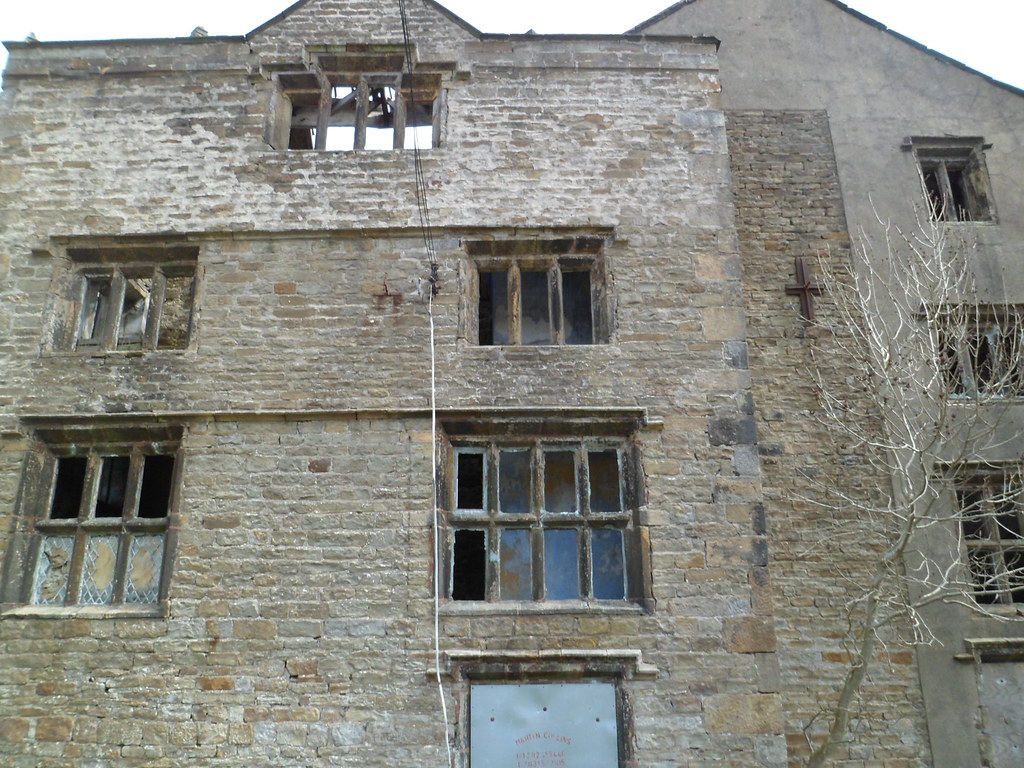
SAM_0505 by Neverwillchange, on Flickr
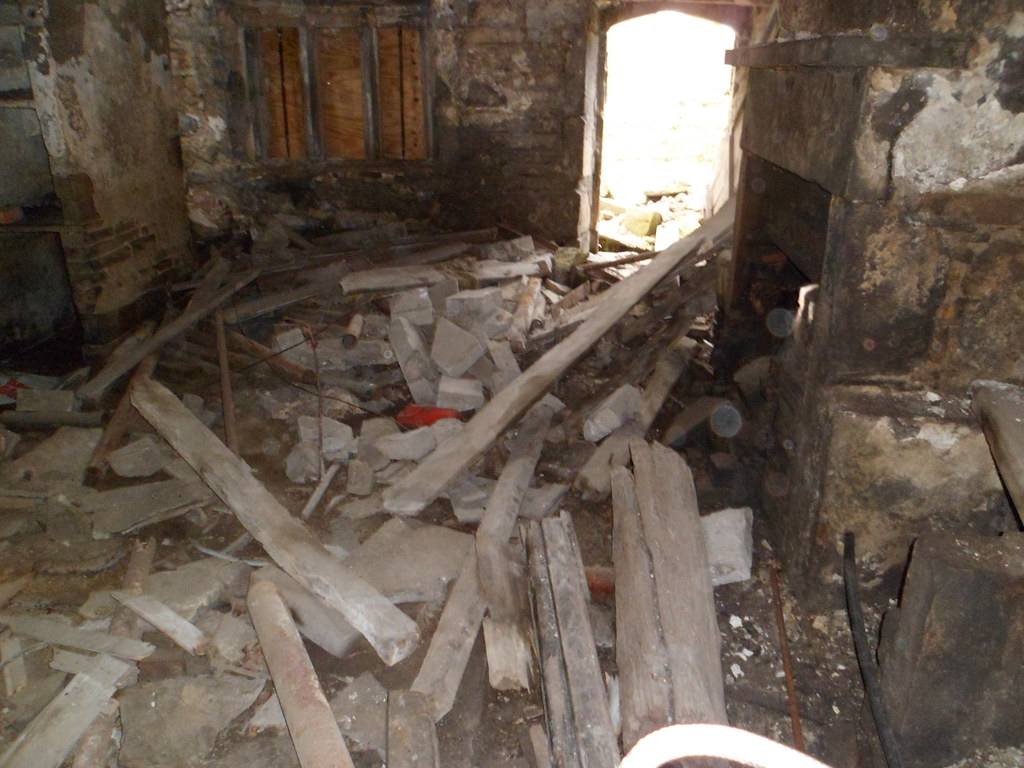
SAM_0510 by Neverwillchange, on Flickr
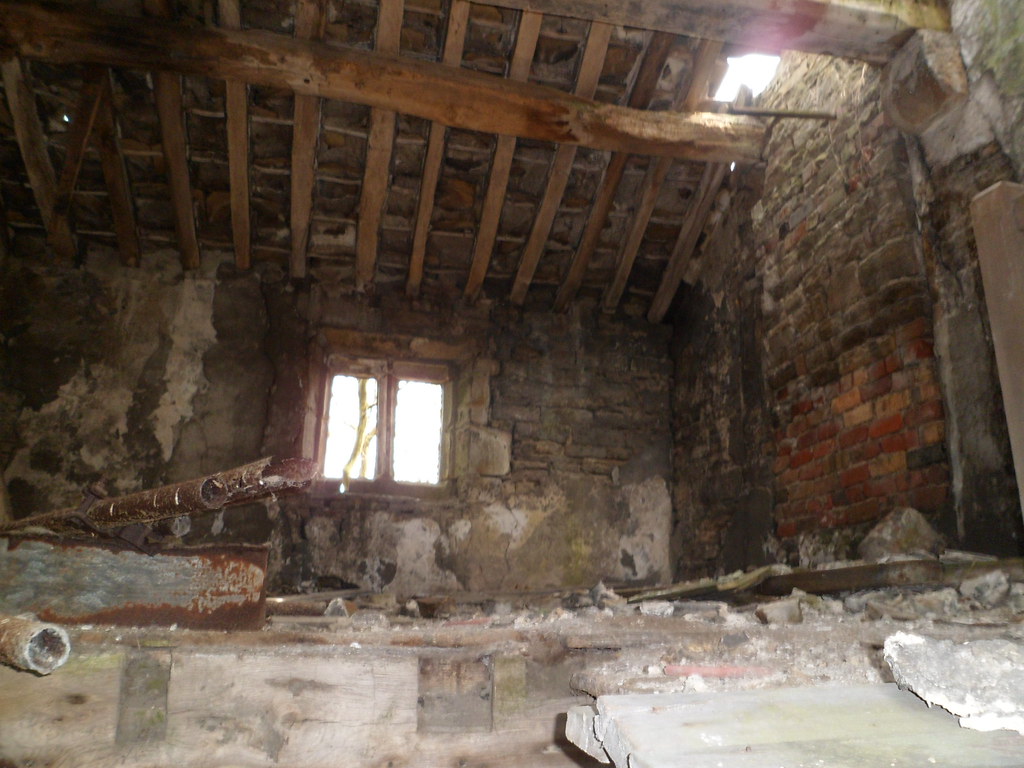
SAM_0519 by Neverwillchange, on Flickr
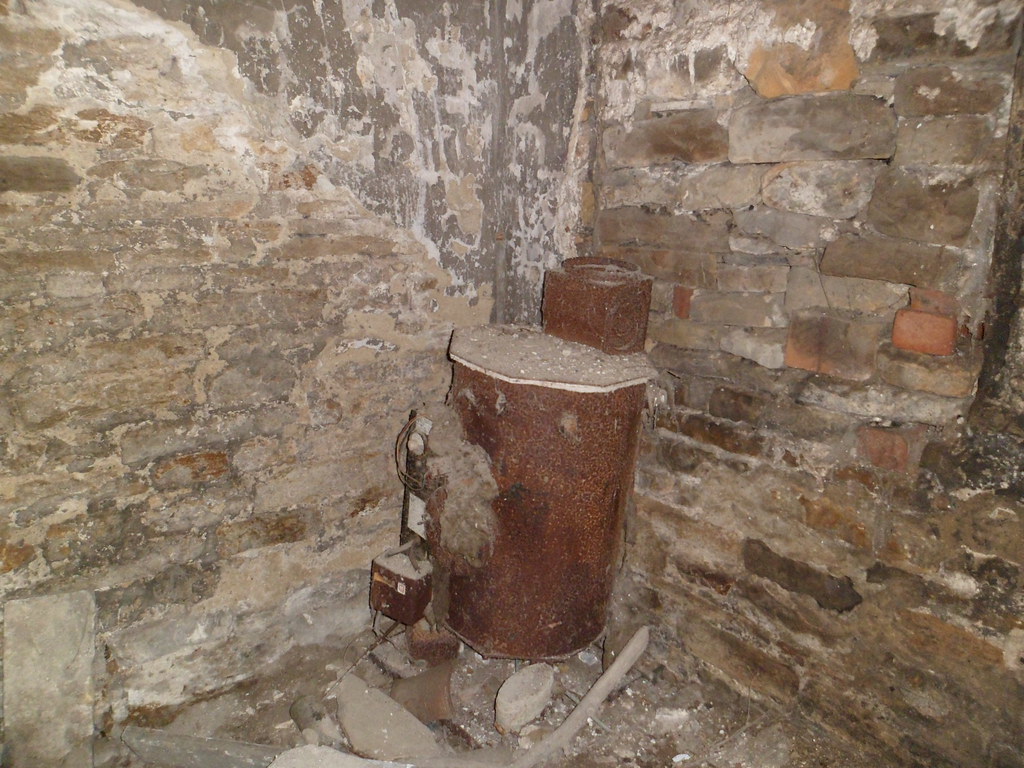
SAM_0520 by Neverwillchange, on Flickr
sorry about the photo quality on this one and sophie's leg
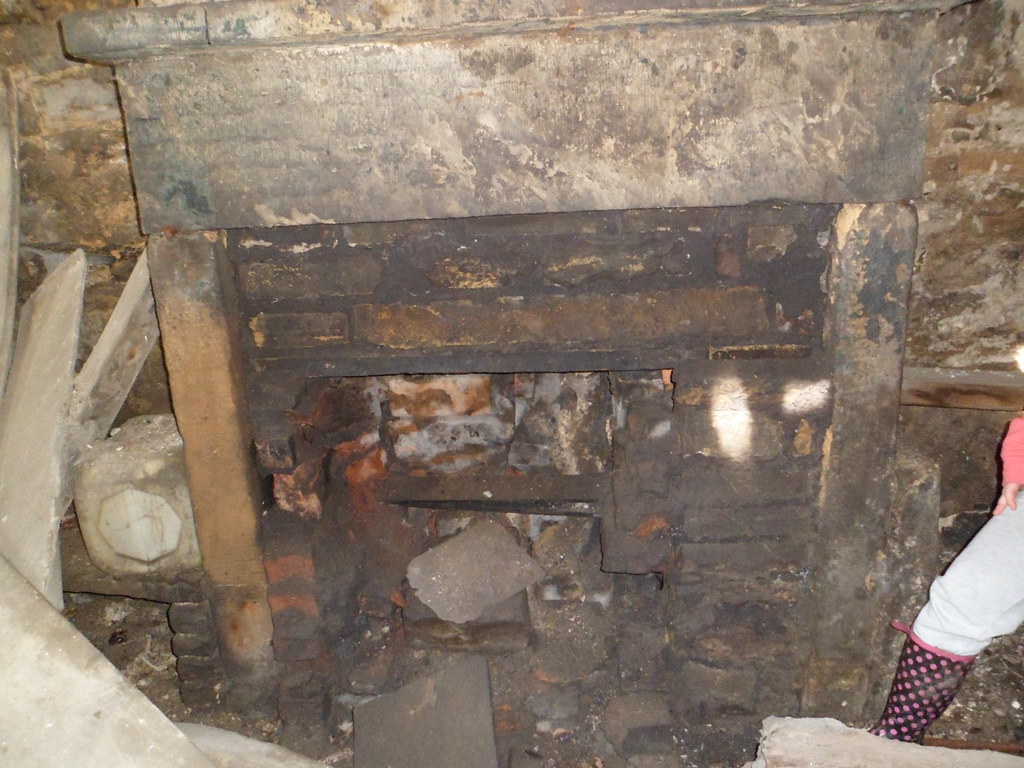
SAM_0522 by Neverwillchange, on Flikr
Theres is alot more to see here so i will be going back soon.
thanks for looking
The first time i came here the house was already empty but in fair condition i was able to explore the whole place there was a hatch that led onto the roof , the view was fantastic.So many of the original features have been removed or lost as the house has slowly fallen to pieces.
As the history has been posted on here before and is some what odd to say the least here is an edited discription of Extwistle from the British History.
EXTWISTLE HALL , is a lofty three-story building with end gables and mullioned windows, said to have been erected by John Parker in the latter half of the 16th century. The principal front faces north, and the fall of the ground southwards allowing of a basement makes the house one of four stories on that side, where the chief feature is the massive chimney of the hall, which projects 5 ft. and has a width of 15 ft. The house, which is built of local gritstone with stoneslated roofs, consists of a rectangular block 34 ft. by 27 ft. 6 in. externally, and a north-west wing 19 ft. by 14 ft. 6 in., with a lower two-story building with plain gabled roofs on the east end. A former wing on the west side, however, fell down some time during the first half of the 19th century, destroying what is said to have been one of the best apartments and others known as the ladies' rooms. (fn. 66) In front of the house is a small flagged courtyard 43 ft. long by 33 ft. in width, partly inclosed on the west side by the north-west wing, and on the east by the lower buildings. The north side has a high fence wall with moulded coping and balled gate-piers fronting the road. The great hall, which is about 24 ft. by 21 ft., occupies the eastern end of the first floor of the main block and is approached from the forecourt by a wide flight of stone steps forming a very picturesque feature. The entrance in the north-west corner through a four-centred doorway with label and square panel over is now built up, but the north wall still retains unimpaired its lofty ten-light mullioned window with double transoms and hood mould. The floor of the hall is 7 ft. above the general level of the courtyard, to which there is a descent of five steps from the main gateway. The south wall of the hall is occupied almost entirely by the fireplace, the Tudor arched opening of which, however, is now built up, and the room is in a more or less dilapidated state. Portions of an ornamental plaster ceiling and of a carved oak beam are still to be seen, and above the fireplace is a fragment of ornamental plaster work with the words 'nescio cujus' remaining. The staircase, which is of stone, is in the west side of the house, and above the hall is a large room open to the roof and lit by two low mullioned windows of five lights each below the eaves on the north side. The north-west wing, which may be a 17th-century addition, is less severe in appearance than the main block, but is of equal height and of four stories, two of its floors ranging with the height of the great hall. The walls are finished with a plain parapet and balled gables which together with its many mullioned and transomed windows afford some relief to the otherwise rather bare west gable end of the main block. At the back is a small three-light window with round-headed lights under a square head, the only one of this type in the building.
THE PICS

SAM_0559 by Neverwillchange, on Flickr

SAM_0537 by Neverwillchange, on Flickr

SAM_0560 by Neverwillchange, on Flickr

SAM_0515 by Neverwillchange, on Flickr

SAM_0514 by Neverwillchange, on Flickr

SAM_0505 by Neverwillchange, on Flickr

SAM_0510 by Neverwillchange, on Flickr

SAM_0519 by Neverwillchange, on Flickr

SAM_0520 by Neverwillchange, on Flickr
sorry about the photo quality on this one and sophie's leg

SAM_0522 by Neverwillchange, on Flikr
Theres is alot more to see here so i will be going back soon.
thanks for looking




